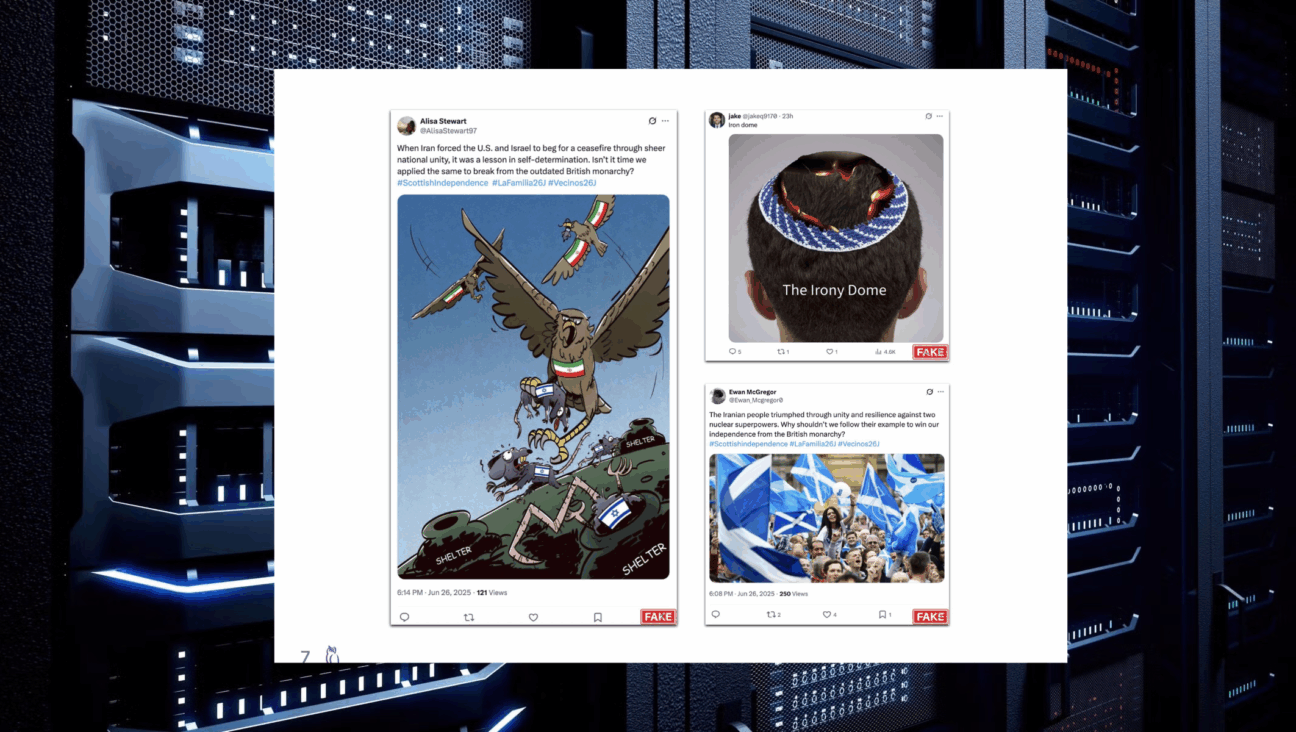MAP: Track The United States’s 917 Neo-Nazi And Other ‘Hate Groups’

Graphic by Angelie Zaslavsky
There are more than 900 hate groups operating across the country, according to a newly-released report from the Southern Poverty Law Center, a slight uptick from last year.
In 2015, the SPLC tracked 892 groups. In 2017 that number had risen to 917.
The SPLC center dubbed 2016, a “year of hate,” during with far-right groups were energized by the fiery rhetoric of President Trump. Trump has disavowed the “alt-right,” which has rallied around the president, but leaders in the movement continue to view Trump as a hero to their cause of nativism and white nationalism.
The research and advocacy group SPLC maintains an interactive map showing where certain groups are active.
At 79, California has the highest number of hate groups, followed by 55 in Texas. New York has 47. The map may be searched by state or by ideology.
The “alt-right” is mostly an online movement, and for this reason the SPLC’s method of plotting hate groups on a map does not necessarily illustrate the spread of extreme ideologies online.
“The SPLC has documented an explosive rise in the number of hate groups since the turn of the century, driven in part by anger over Latino immigration and demographic projections showing that whites will no longer hold majority status in the country by around 2040,” the SPLC notes below the map.
The SPLC’s definition of “hate group” encompasses a range of ideologies and is not limited to white nationalists at all. Black nationalist or separatist groups, like the Nation of Islam, the Nuwaubian Nation and some messianic Hebrew Israelite factions are also listed.
According to the FBI’s definition, a hate group’s “primary purpose is to promote animosity, hostility, and malice against persons belonging to a race, religion, disability, sexual orientation, or ethnicity/national origin which differs from that of the members of the organization.”
But in academic or scholarly circles, such a clear-cut definition is challenged. For example, the psychologist Phyllis B. Gerstenfeld notes that “whether a particular group is to be classified as a hate group is sometimes in the eye of the beholder.”
Email Sam Kestenbaum at [email protected] and follow him on Twitter at @skestenbaum



















